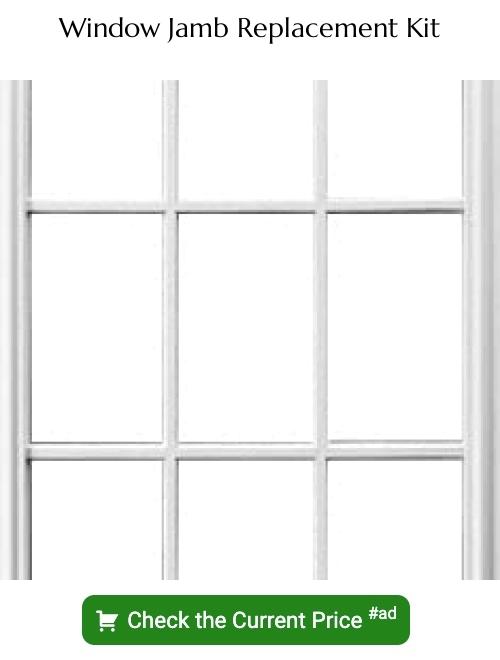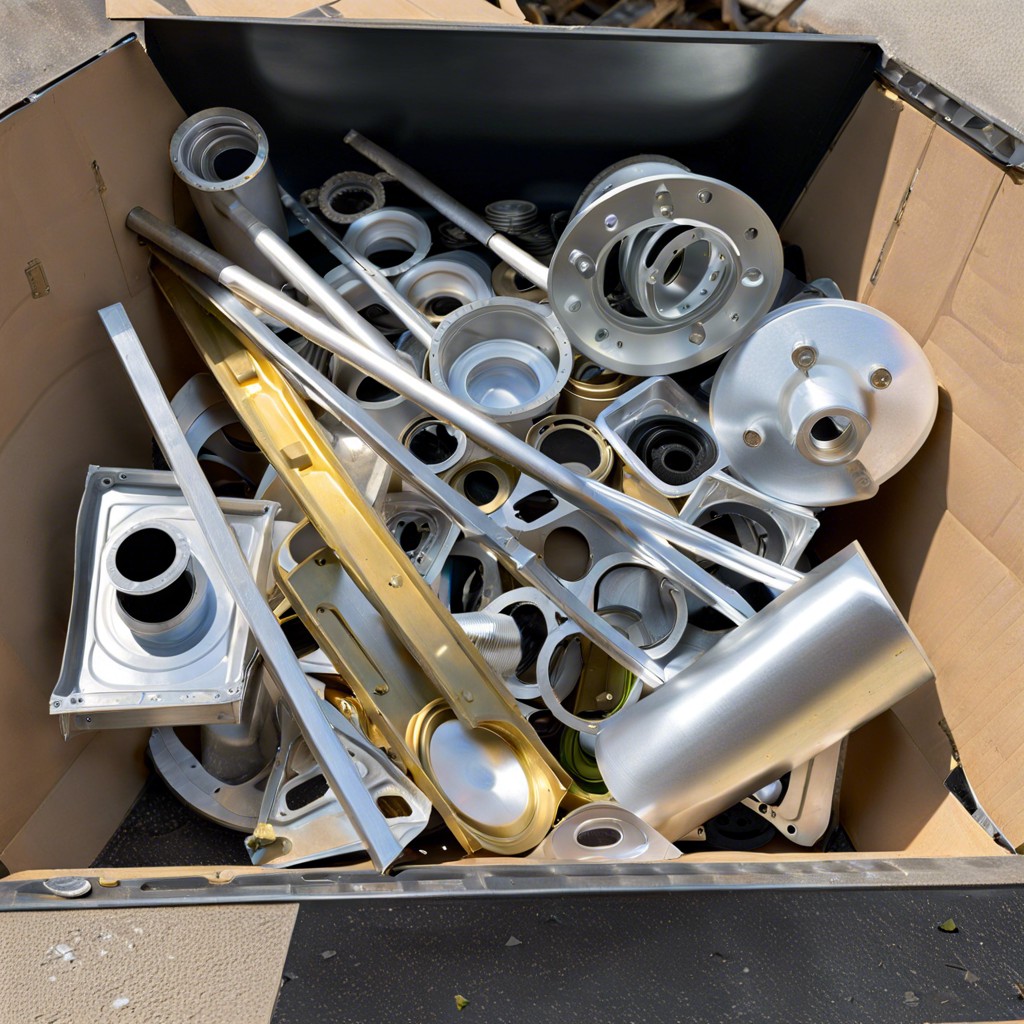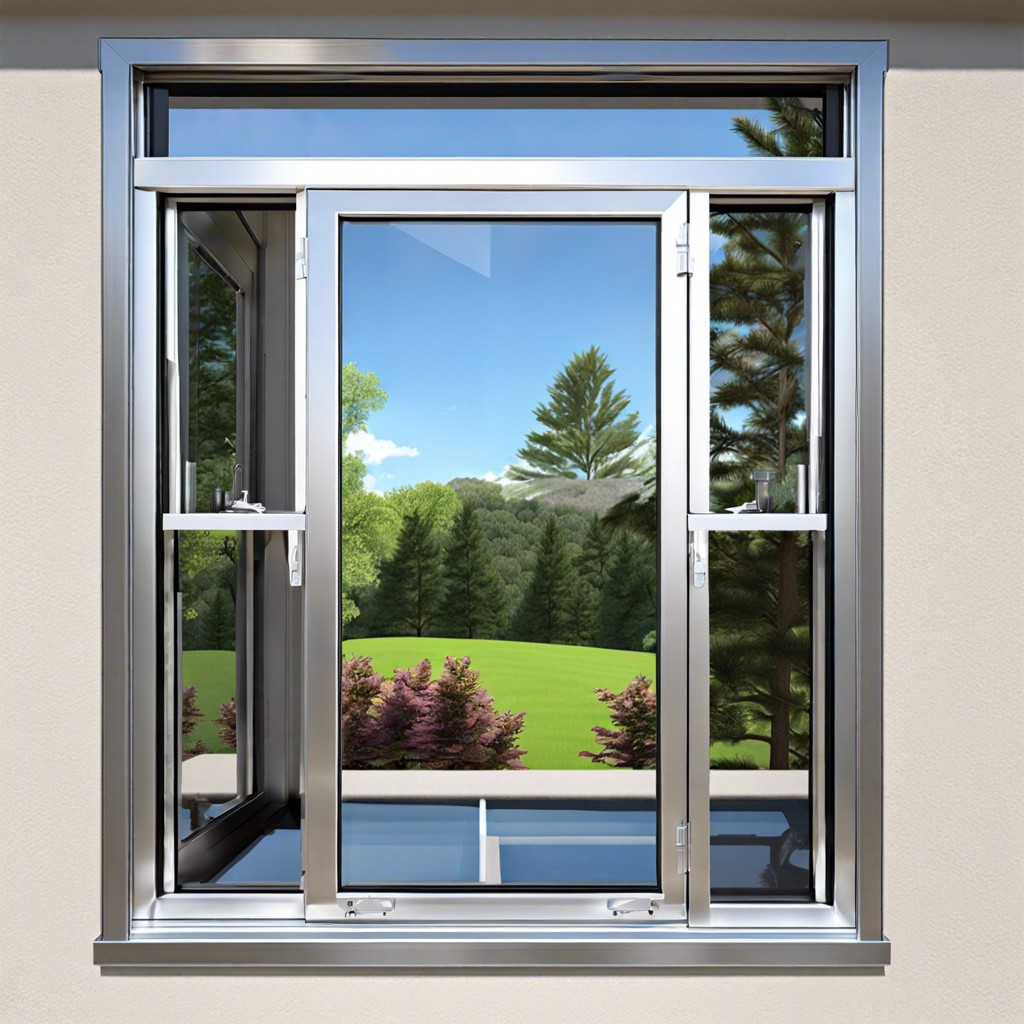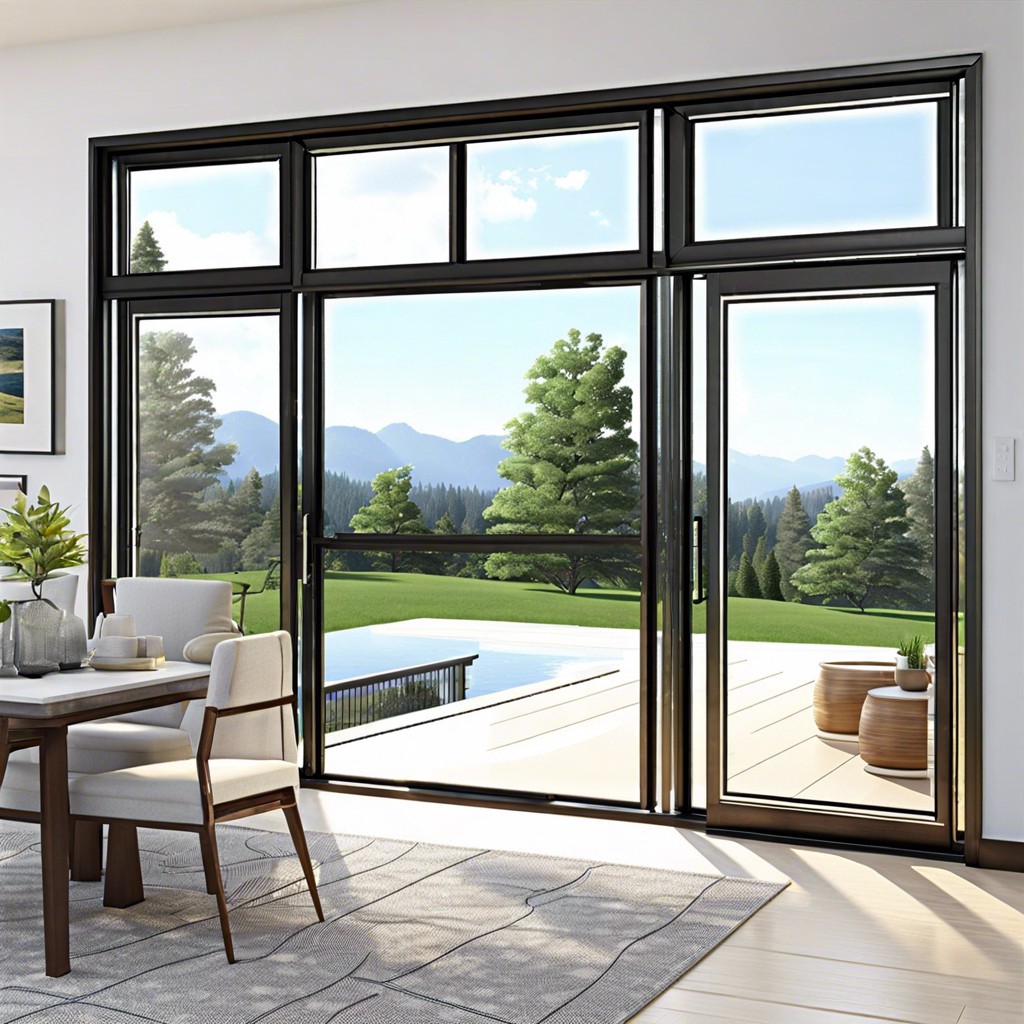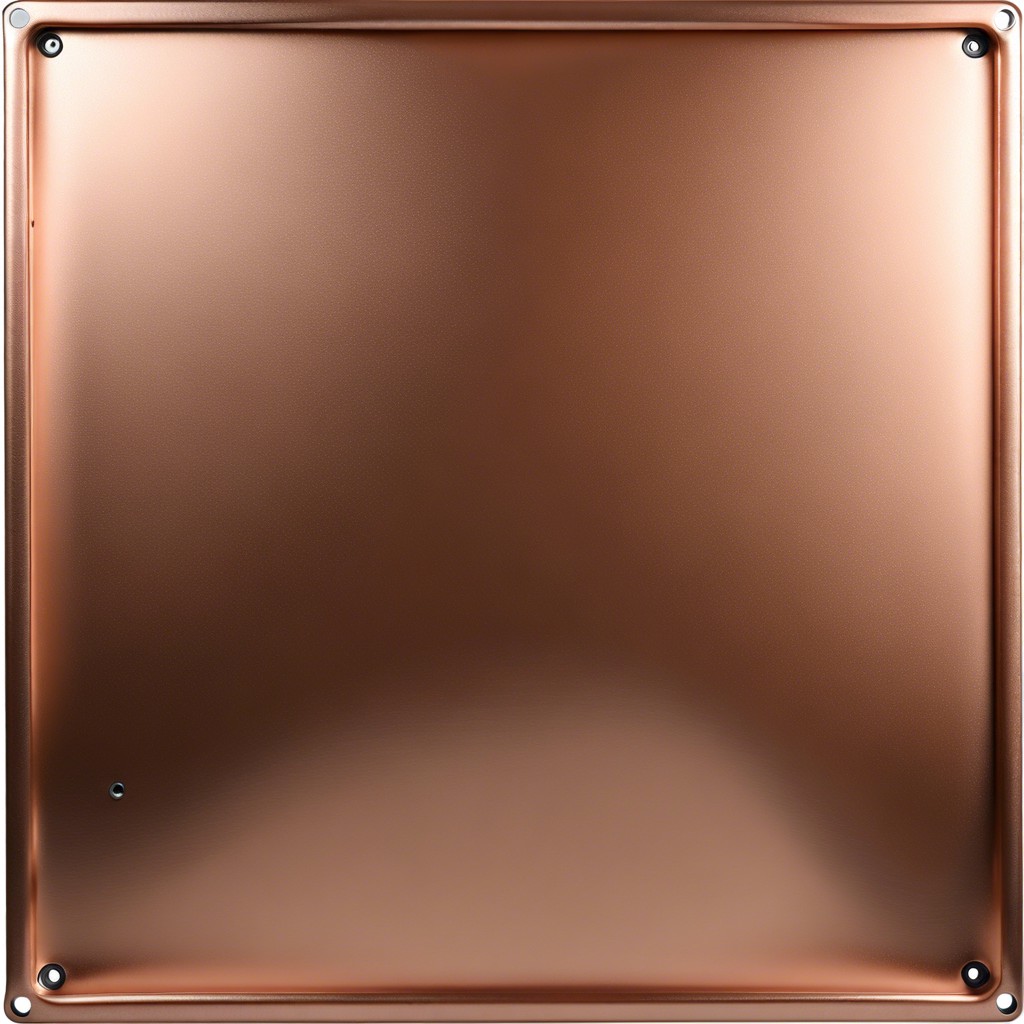Discover the essential role of a window jamb in providing structural support and enhancing your home’s aesthetics, as we delve into its components and functions.
Windows are an essential part of any home, providing natural light, ventilation, and a connection to the outside world. However, when it comes to window terminology, things can get a little confusing.
One term that you may have heard before is “window jamb.” But what exactly is a window jamb? In this blog post, we’ll explore what a window jamb is and why it’s an important component of your windows. So whether you’re a homeowner looking to learn more about your windows or just someone curious about construction terms, keep reading to discover everything you need to know about window jambs!
Key takeaways:
- Window jambs provide structural support and enhance aesthetics.
- Components of window jambs include side jambs, head jamb, sill, and sash track.
- Functions of window jambs include structural support, aesthetic enhancement, and insulation.
- Types of window jambs include flush jambs, brickmould jambs, and extension jambs.
- Materials used in window jambs include wood, vinyl, aluminum, and fiberglass.
Definition of Window Jamb
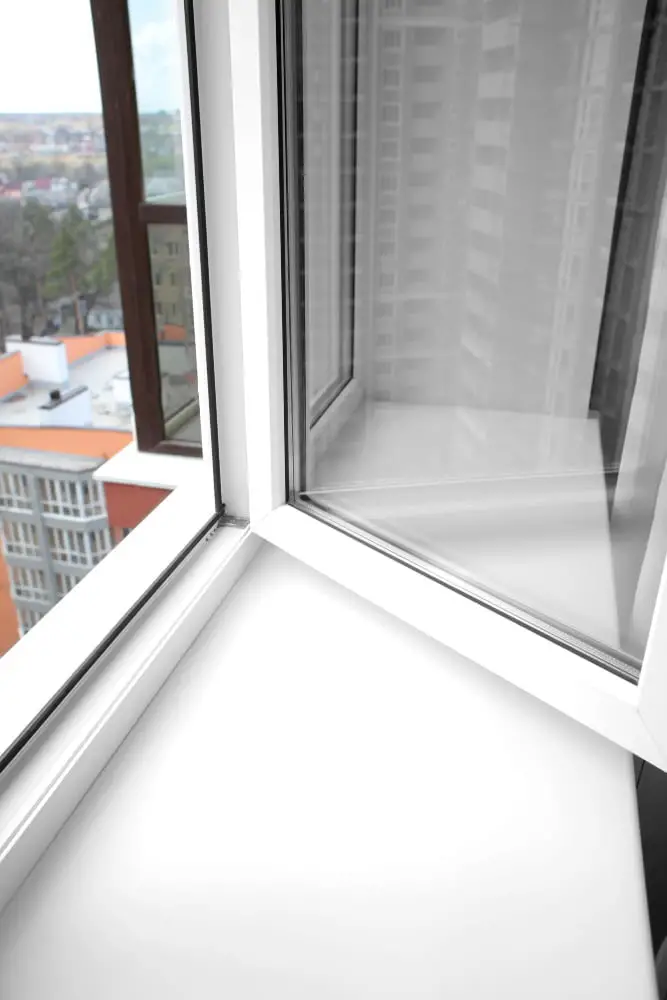
A window jamb is an essential part of a window frame that provides structural support and enhances the overall appearance of your windows. It refers to the vertical sides or uprights of a window frame, which are located between the sash (movable part) and the wall opening.
The jamb serves as a barrier between your home’s interior and exterior, preventing air infiltration, water penetration, and energy loss.
Window jambs can be made from various materials such as wood, vinyl or aluminum depending on personal preference or architectural style. They come in different sizes to fit specific wall thicknesses ranging from 4 inches up to 12 inches deep.
Understanding what constitutes a window jamb is crucial when it comes to selecting new windows for your home or replacing old ones.
Components of a Window Jamb
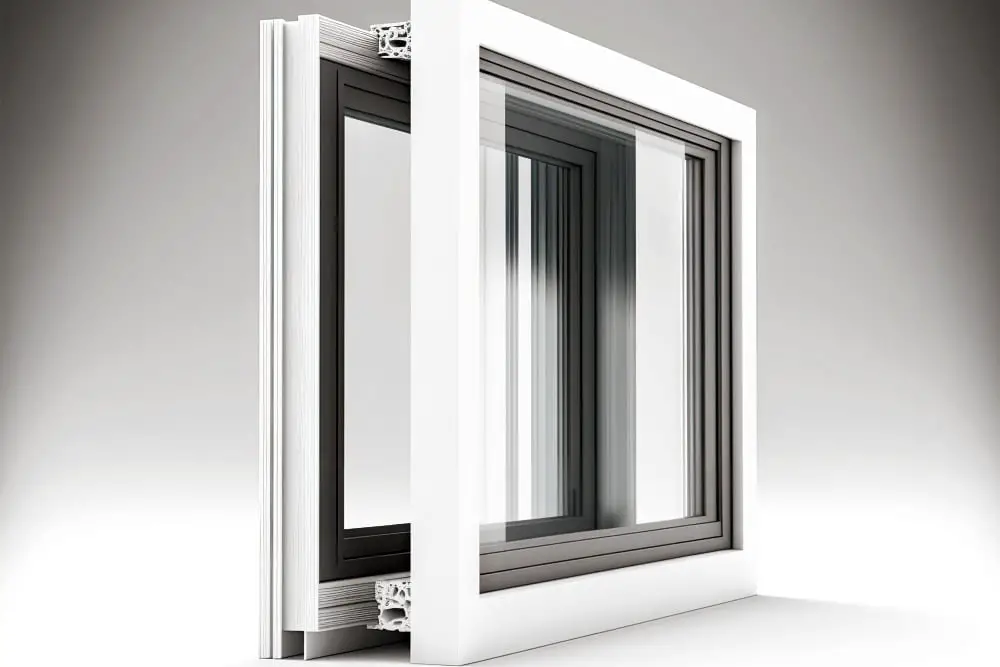
The main parts of a window jamb include the side jambs, head jamb, sill or stool, and sash track.
The side jambs are vertical pieces that run along either side of the window frame. They hold the sash in place and help keep it level when you open or close it.
The head jamb is a horizontal piece at the top of the frame that supports both sides’ weight while keeping them aligned.
The sill or stool is located at the bottom part below where you sit on an interior windowsill; this component provides additional support for your windows while also serving as an aesthetic feature.
There’s a sash track which guides your window’s movement up and down within its frame smoothly.
Functions of Window Jambs
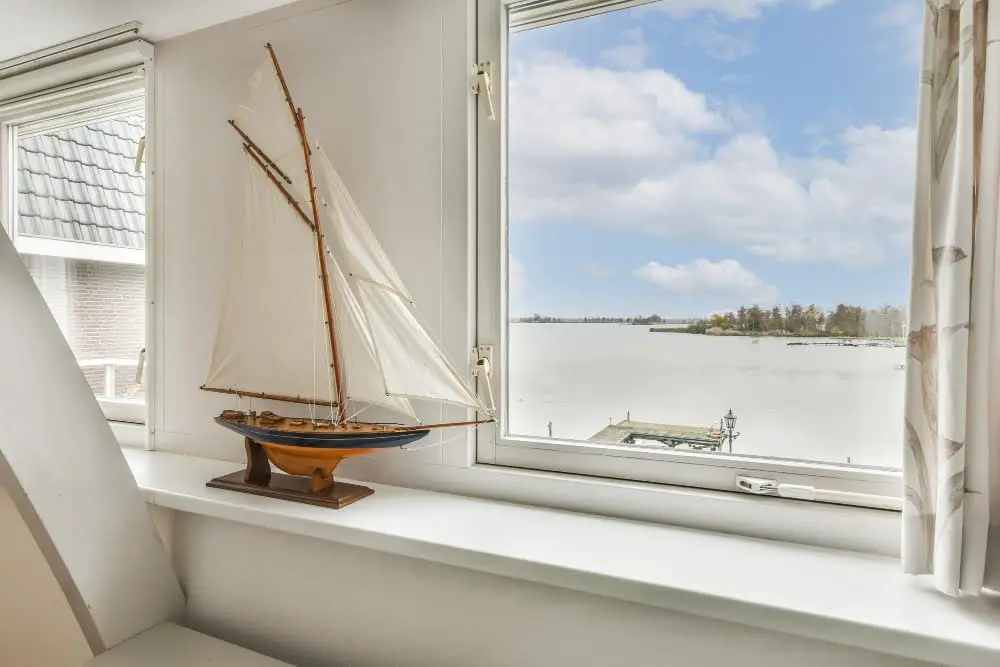
Firstly, they provide structural support to the window frame and help keep it securely in place. This is especially important for larger or heavier windows that need extra reinforcement.
Secondly, window jambs play a crucial role in enhancing your home’s aesthetics by providing a finished look around the edges of the window opening. They can be customized with different materials and finishes to match your interior decor style.
Thirdly, window jambs also act as insulation barriers between the inside and outside of your home. Properly installed and insulated jambs can help prevent drafts from entering through gaps around the sides of windows, which can lead to energy loss during hot or cold weather conditions.
Types of Window Jambs
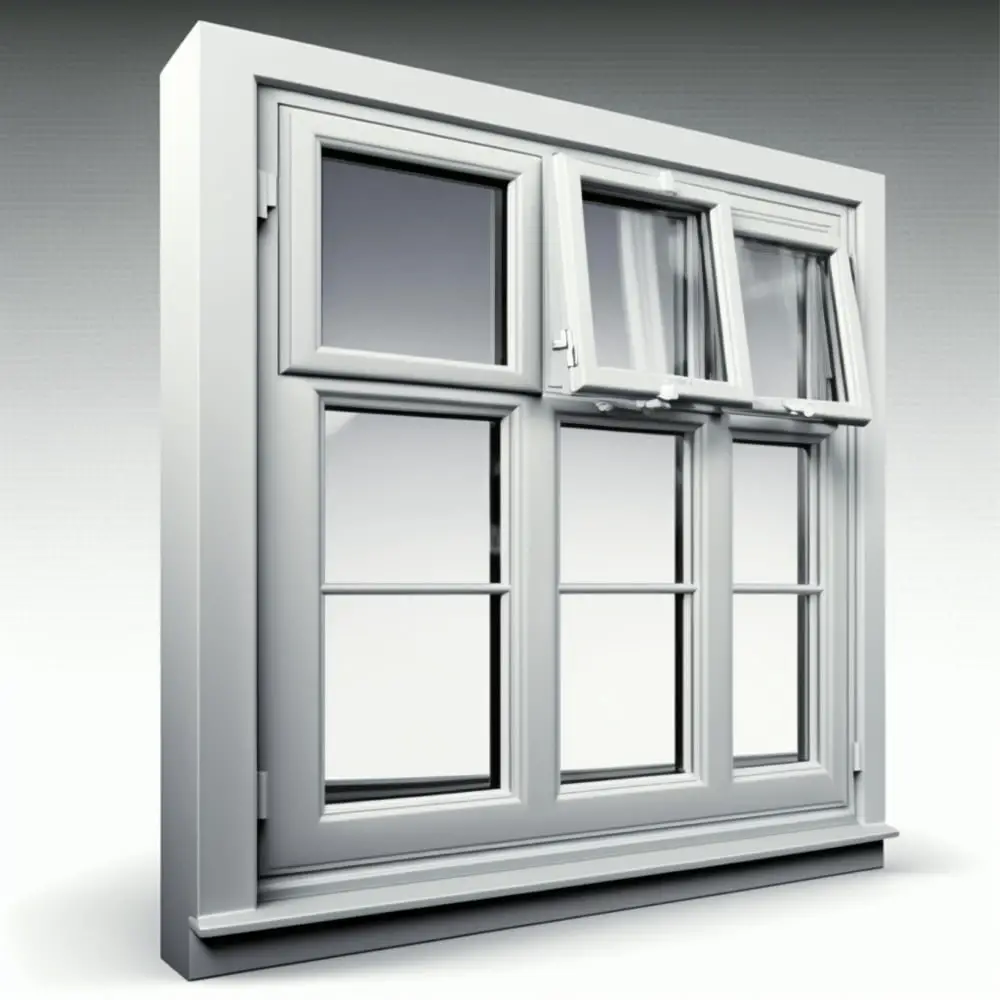
The most common types include flush jambs, brickmould jambs, and extension jambs. Flush window jams are designed to be installed directly against the wall without any protruding trim or molding.
Brickmould window jams have a decorative molding that extends beyond the frame to cover gaps between the window frame and exterior siding or stucco.
Extension window jams are used when you need to extend your existing jamb depth for proper installation of new windows in older homes with thicker walls. They can also be used as an aesthetic feature by adding depth and dimensionality to your windows’ appearance.
It’s important to choose a type of jamb that complements both your home’s interior style as well as its exterior architecture while providing adequate support for your chosen type of window frames. When selecting a specific type, consider factors such as ease-of-installation, energy efficiency ratings (if applicable), durability over time under various weather conditions (such as extreme heat or cold), maintenance requirements (e.g., painting vs staining) among others.
Materials Used in Window Jambs
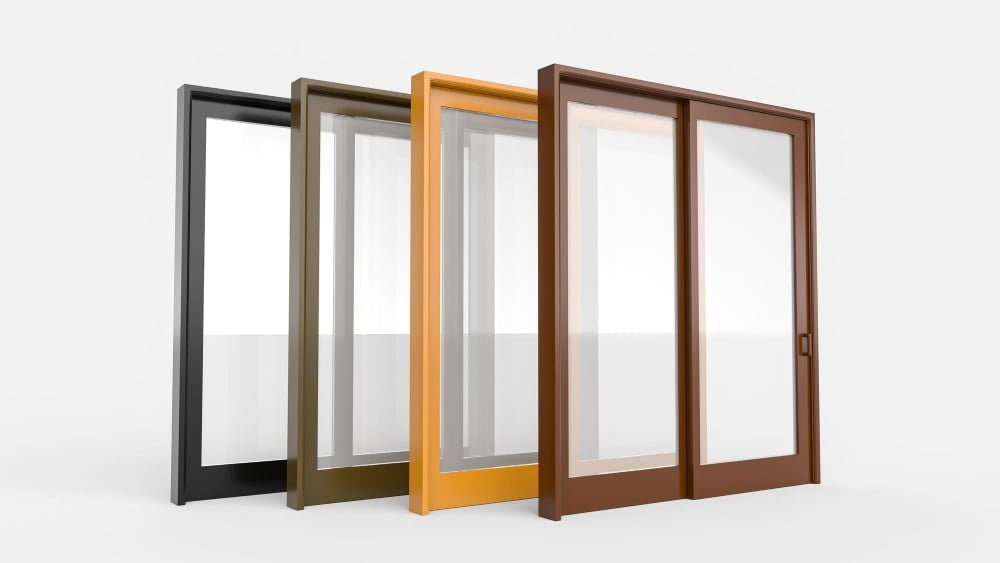
The most common materials used in window jamb construction include wood, vinyl, aluminum, and fiberglass.
Wooden window jambs are a popular choice for their natural beauty and durability. They can be painted or stained to match the interior decor of your home but require regular maintenance to prevent rotting or warping.
Vinyl is another popular material for window jambs due to its low cost and easy maintenance. It’s also energy-efficient as it doesn’t conduct heat like metal does.
Aluminum is lightweight yet strong enough to provide structural support while allowing more glass area than other materials. However, it conducts heat easily which makes them less energy efficient compared with vinyl windows.
Fiberglass offers excellent insulation properties making them ideal for extreme weather conditions such as hurricanes or heavy snowfall areas where they help reduce heating costs by keeping the cold out during winter months while maintaining coolness inside during summer months.
Window Jamb Liners
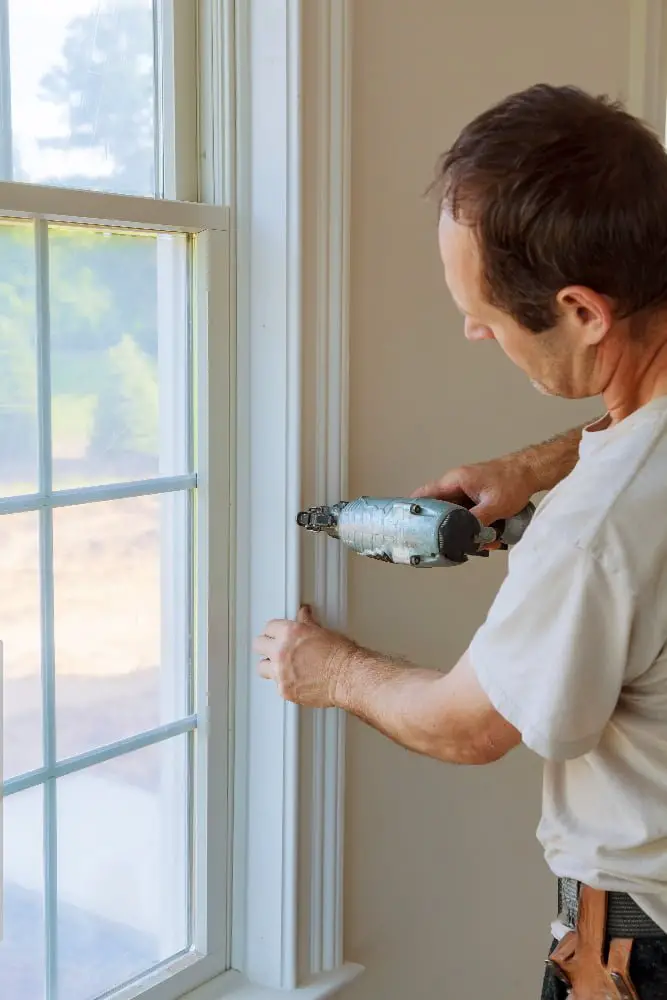
They also help to improve energy efficiency by creating a tight seal between the sash and frame. Window jamb liners come in various materials such as vinyl, aluminum or wood, each with its unique advantages.
Vinyl is one of the most popular materials used for window jamb liners due to its durability, low maintenance requirements, and affordability. It’s also resistant to moisture damage which makes it ideal for use in high humidity areas like bathrooms or kitchens.
Aluminum is another material commonly used in window jambs because it’s lightweight yet strong enough to support heavy windows. It’s also corrosion-resistant making it suitable for coastal regions where saltwater can cause rusting on other metals.
Wooden window jambs are less common but still available if you’re looking for something that matches your home decor better than vinyl or aluminum options would allow. However wooden jams require more maintenance than their counterparts since they’re susceptible rotting over time if not properly sealed against moisture intrusion.
Measuring Window Jambs
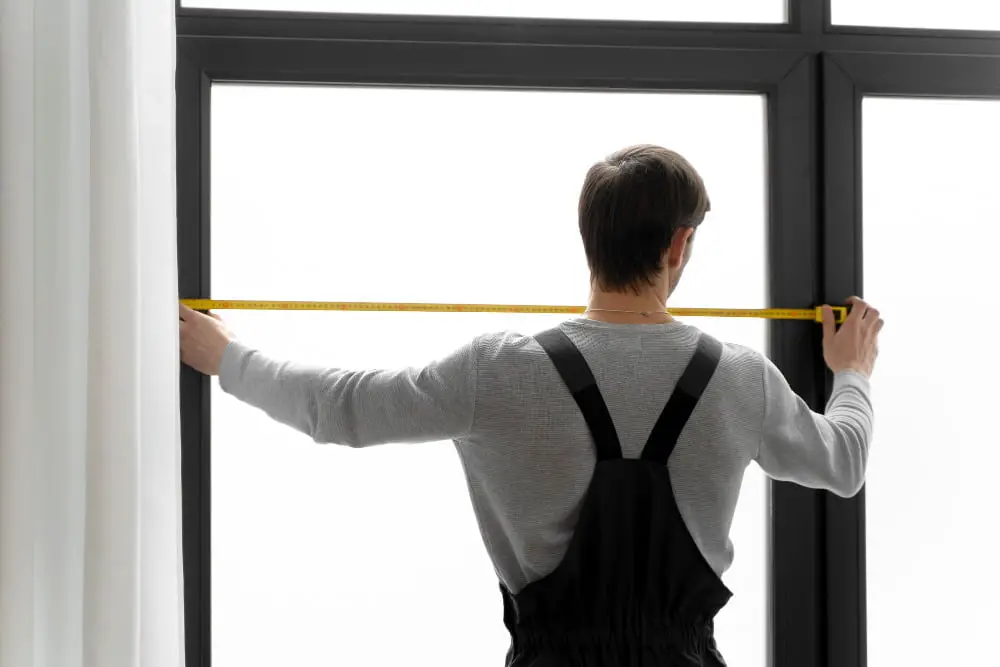
Before you start shopping for replacement windows, it’s essential to measure the dimensions of your current window jamb accurately. This will help you determine what size and type of replacement window you need.
To measure a window jamb, start by measuring the width from one side to another at three different points: top, middle, and bottom. Record each measurement separately and use the smallest number as your final measurement.
Next, measure the height of each side of the jamb from top to bottom at three different points: left edge, centerline (if applicable), right edge. Again record all measurements separately and use only smallest ones for both sides as they may differ slightly due to settling or warping over time.
Finally add 1/2 inch on all sides if installing an insert-style replacement or full-frame style with nailing flange; otherwise add 3/4 inch on all sides if using pocket-style replacements without nailing flanges.
Window Jamb Installation
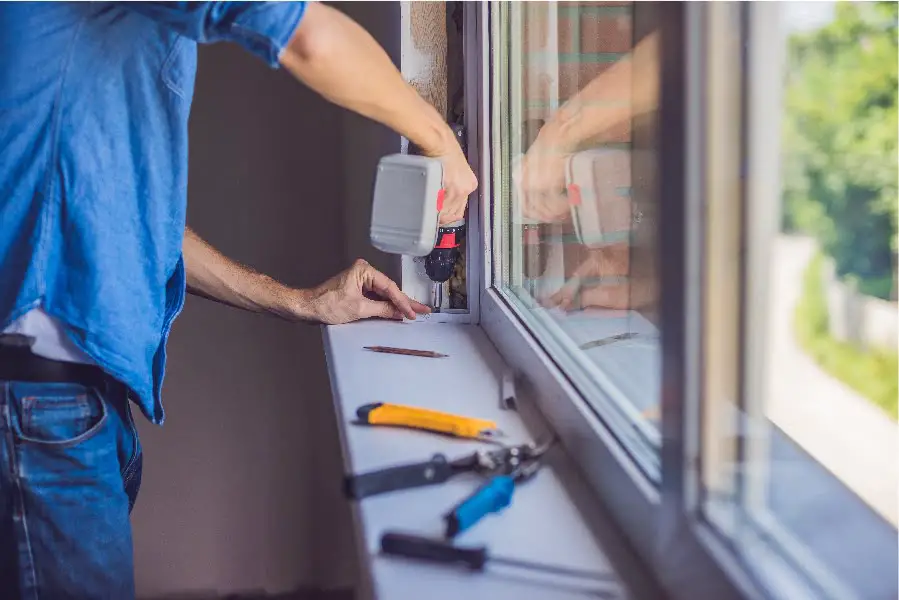
Window jamb installation can be a DIY project or left to professionals depending on your level of expertise and comfort with construction work. If you’re confident in your abilities, installing a window jamb yourself can save money and give you greater control over the process.
Before starting any installation work, make sure that all necessary tools are available and that safety precautions are taken into account. The first step is measuring the opening where the new window will go so that you know what size of jambs to purchase.
Next, remove any old windows or debris from around the opening before placing new jambs inside using screws or nails as appropriate for their material type (wooden vs metal).
Replacing Window Jambs

Replacing window jambs can be a complex process that requires some DIY skills and tools. However, if you’re up for the challenge, it can be a rewarding project that will improve the look and function of your windows.
Before starting any work on your windows, make sure to measure the dimensions of your existing window jamb accurately. This will help ensure that you purchase replacement parts with correct measurements.
To remove an old jamb from its frame, use a pry bar or hammer to loosen any nails holding it in place. Once removed from its frame completely clean off all debris before installing new ones.
When installing new jambs into their frames make sure they fit snugly by using shims as necessary until everything is levelled correctly before securing them in place with screws or nails depending on what type of material was used for construction purposes (wooden vs metal).
DIY Vs Professional Installation
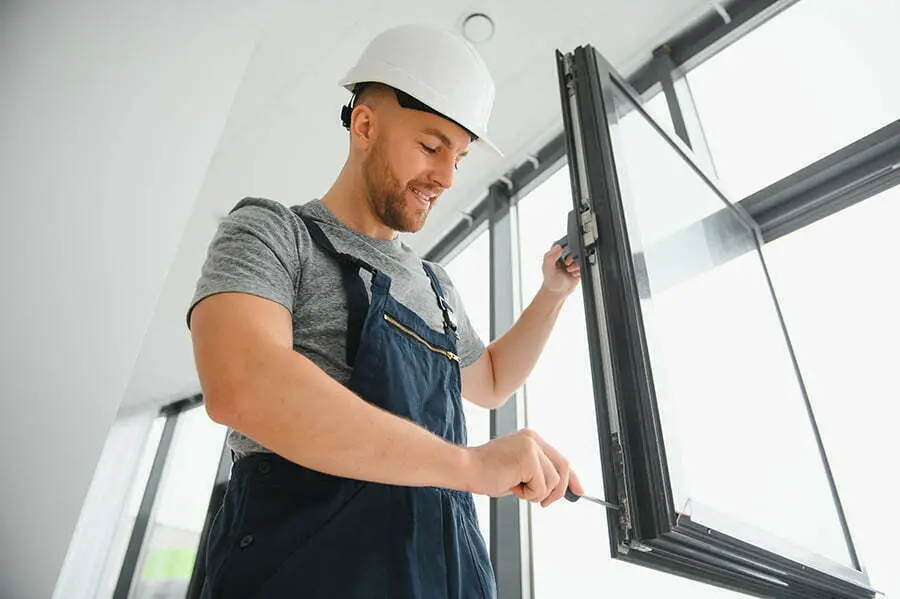
While DIY installation may seem like an attractive option for those looking to save money, it’s important to consider the potential risks and drawbacks.
One of the main advantages of hiring a professional window installer is their expertise and experience in handling various types of windows. They have access to specialized tools and equipment that can ensure proper installation, which can be difficult for someone without prior knowledge.
Professionals are trained in safety measures when working at heights or with heavy materials such as glass panes. This reduces your risk of injury during installation.
On the other hand, DIY installations may offer more flexibility in terms of scheduling and cost savings if done correctly. However, it’s essential that you have adequate knowledge about window jamb components before attempting any work on them yourself.
Window Jamb Extensions
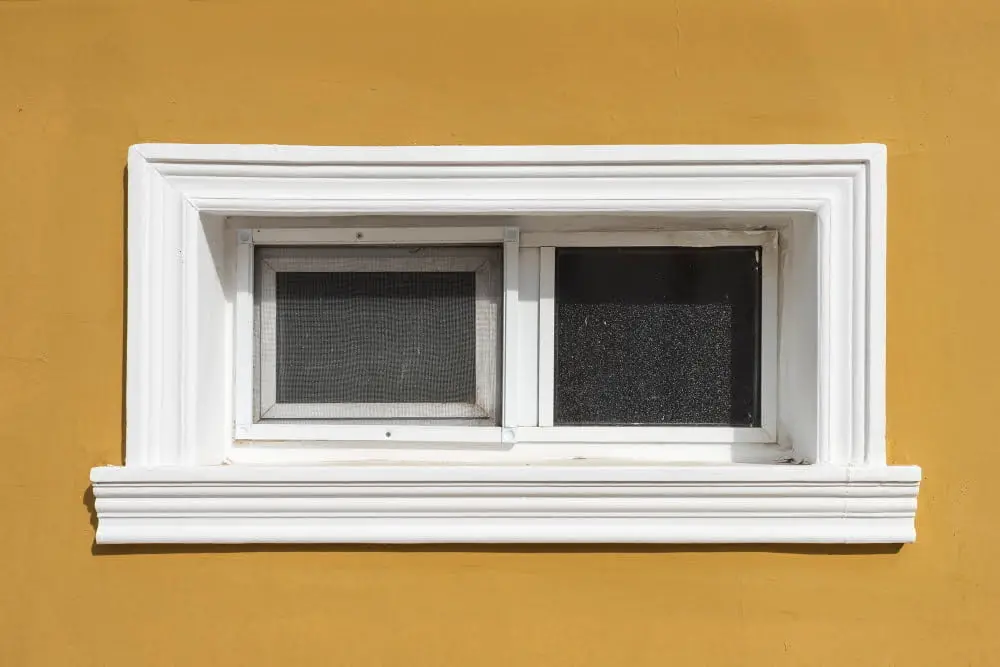
They provide additional support and insulation to the window frame, ensuring that your windows function correctly and efficiently. A jamb extension is a piece of wood or other material that extends the depth of the window frame, allowing it to fit snugly into your wall’s opening.
Jamb extensions come in various sizes depending on how deep you need them to be. If you have thick walls or want extra insulation around your windows, then a deeper extension may be necessary.
When installing new windows, it’s crucial to measure accurately for jamb extensions so that they fit correctly into your wall opening. You can purchase pre-made jamb extensions from most home improvement stores or make them yourself if you’re handy with woodworking tools.
In addition to providing structural support and insulation benefits, window jambs also play a significant role in enhancing the aesthetics of your home’s interior design by creating depth around each individual unit while maintaining consistency throughout all openings within one room.
Customizing Window Jambs
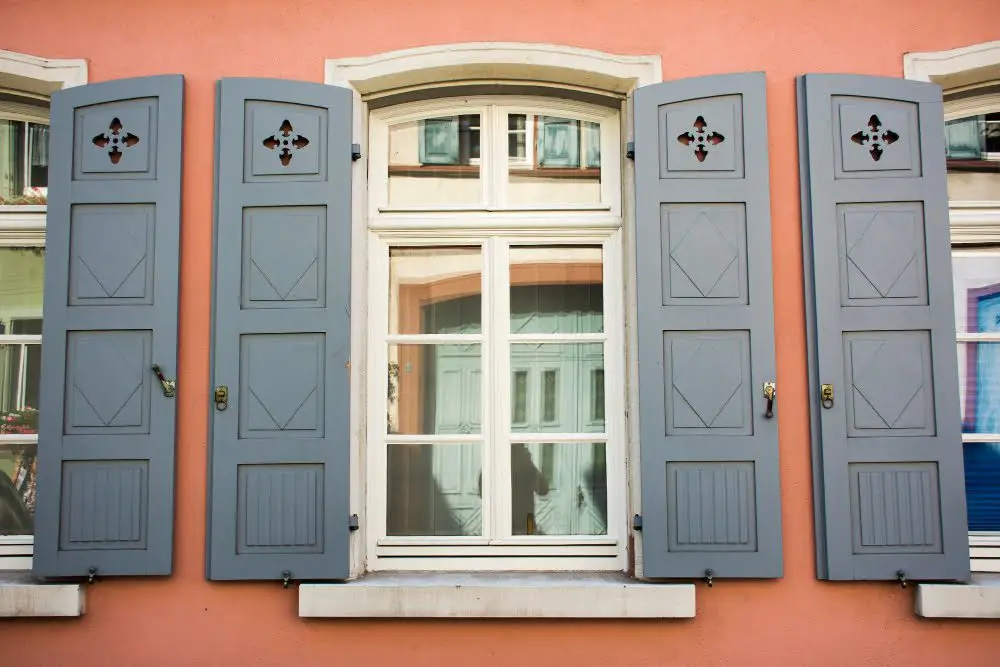
Window jambs can be customized in various ways, from the type of material used to the color and finish. For instance, if you have a traditional-style home, you may want wooden window jambs with intricate carvings or moldings that match your existing trim work.
On the other hand, if you prefer modern aesthetics, aluminum or vinyl window jams with clean lines and sleek finishes may be more suitable.
Another way to customize your window jams is by adding decorative elements such as stained glass panels or etched designs on tempered glass panes for privacy purposes while still allowing natural light into space.
When customizing your windows’ jamb components during installation or replacement projects ensure that they complement other aspects of your room’s decor like wall colors and furniture styles for a cohesive look.
Energy Efficiency and Window Jambs
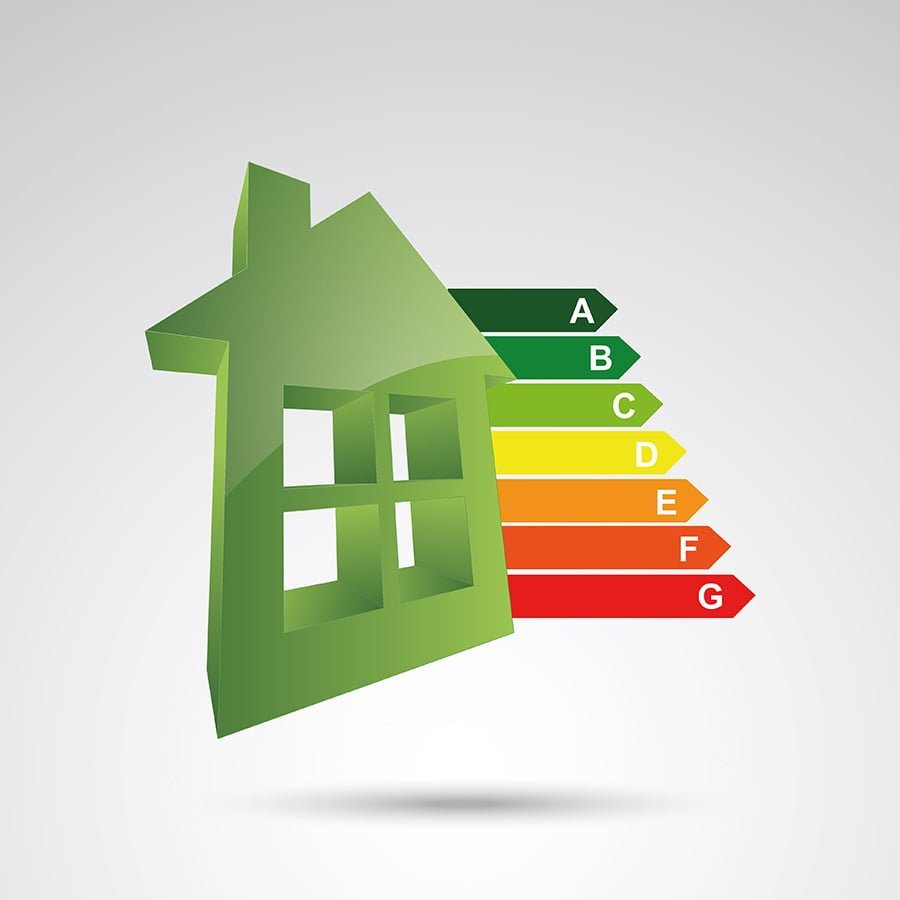
They help to prevent air leaks and drafts, which can significantly impact your heating and cooling bills. When it comes to choosing window jambs for energy efficiency, there are several factors to consider.
Firstly, you should look for materials that offer good insulation properties such as vinyl or fiberglass. These materials have low thermal conductivity and can help reduce heat transfer between the inside and outside of your home.
Secondly, you should ensure that the window jamb is properly installed with no gaps or cracks around it where air could leak through. A professional installation will guarantee this aspect.
Lastly, consider adding weatherstripping around the perimeter of your windows’ frames as an additional measure against drafts.
Jamb Maintenance
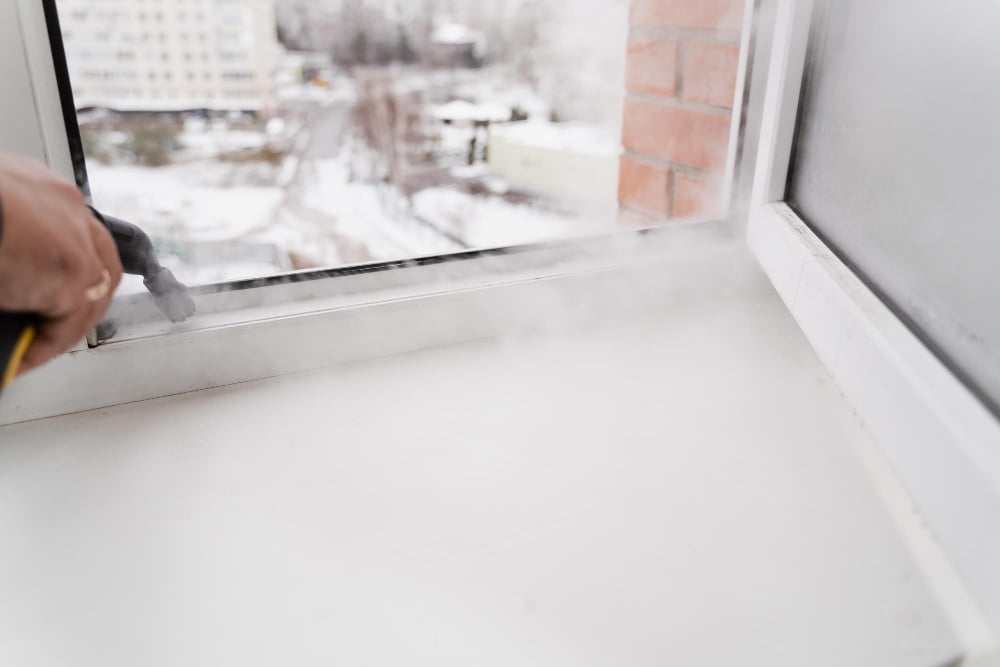
Over time, dirt, dust, and debris can accumulate in the tracks of your window jambs, making it difficult for them to open and close smoothly. To prevent this from happening, you should clean your window jambs regularly using a soft brush or cloth.
In addition to cleaning your window jambs regularly, you should also inspect them for any signs of damage or wear. Look out for cracks in the wood or metal components of the jamb as well as any signs of rotting or warping.
If you notice any issues with your window jams during inspection such as difficulty opening/closing windows properly due to damaged sashes/jambliners etc., it’s important not only fix these problems but also address underlying causes like moisture intrusion which may lead further deterioration if left unattended.
Weatherproofing Window Jambs
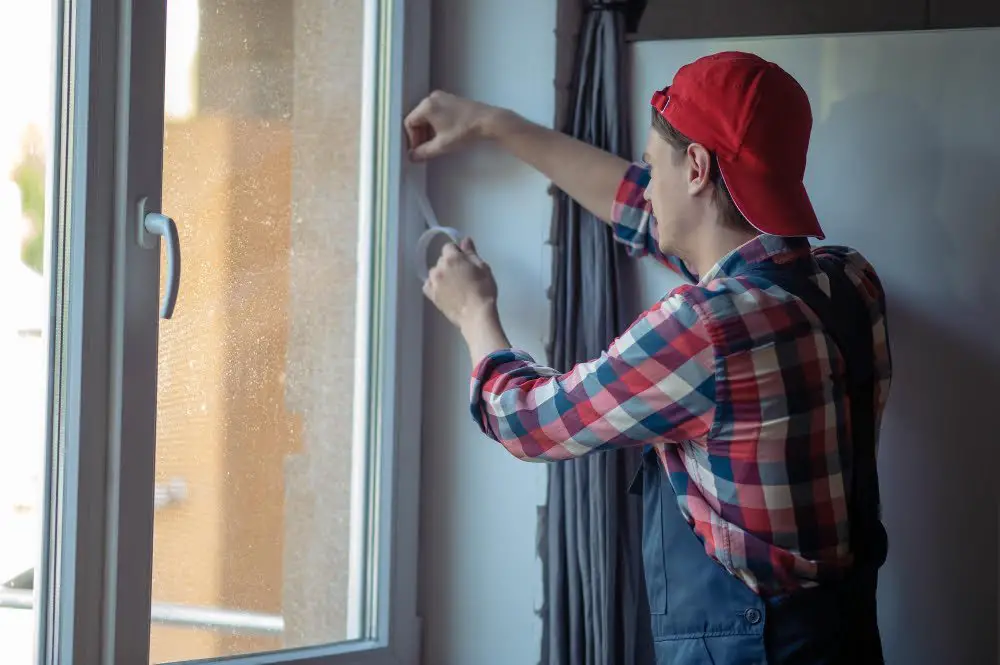
However, if they’re not properly weatherproofed, they can also be a source of drafts and moisture infiltration. Weatherproofing your window jambs is an essential step in ensuring that your windows are performing at their best.
One way to weatherproof window jambs is by using caulking or sealant around the edges where the jamb meets the wall. This will help prevent air leaks and water intrusion into your home.
Another option for weatherproofing window jambs is to install foam gaskets between the jamb liner and sash frame. These gaskets create an airtight seal when you close the window, preventing drafts from entering through gaps between these components.
Adding weatherstripping around movable parts of windows such as sashes or casements can further improve insulation against cold air penetration during winter months while reducing heat gain during summer months.
Security Measures for Window Jambs
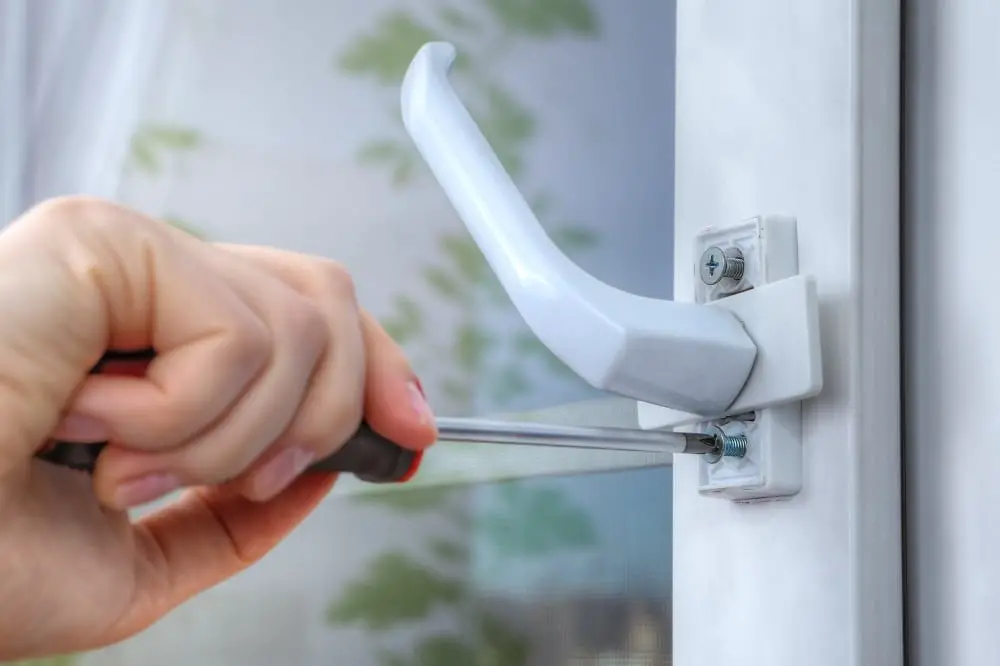
That’s why it’s important to consider security measures when installing or replacing window jambs. One option is to install reinforced window jambs that provide extra strength and durability against forced entry attempts.
These types of jambs often feature steel plates or bars embedded within the frame, making them much more difficult to break through.
Another way to enhance your windows’ security is by adding locks and latches that prevent them from being opened from the outside without a key or special tool. There are various types of locks available on the market today, including sash locks, cam locks, and keyed locking handles.
It’s also worth considering using laminated glass in your windows as it provides an additional layer of protection against break-ins while still allowing natural light into your home.
Historical Window Jamb Designs
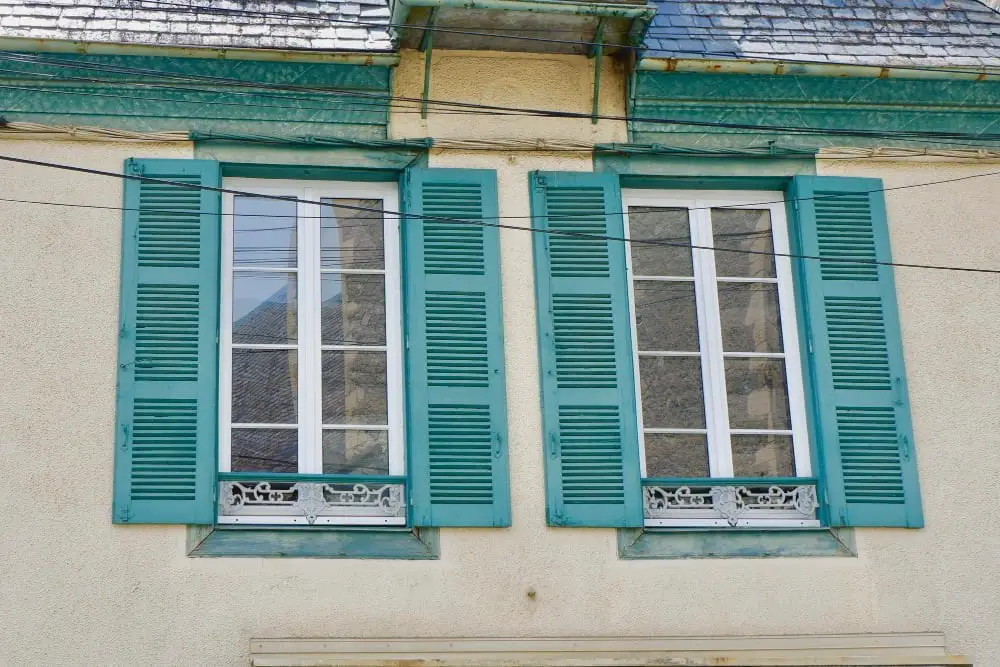
From the simple wooden jambs of early colonial homes to the ornate stone carvings of Gothic cathedrals, window jambs have played an important role in shaping our built environment.
One notable example is found in Georgian architecture, which was popular during the 18th century. Georgian windows typically featured a flat facade with symmetrical sashes and thin glazing bars that created a grid-like pattern on each pane.
The window jambs were often made from wood or brick and painted white to match the rest of the exterior trim.
In contrast, Victorian-era windows were much more elaborate with intricate detailing such as stained glass panels and decorative moldings around both sides of each jamb. These designs reflected a growing interest in ornamentation during this period.
Today’s modern architecture has embraced minimalist design principles that prioritize simplicity over ornamentation; however, some architects still incorporate historical elements into their work by using traditional materials like wood or stone for their window jambs while adding contemporary touches such as sleek metal hardware or energy-efficient glass panes.
Window Jambs and Sills: Differences

While the jamb is the vertical part of the frame that surrounds and supports the glass, a sill is located at the bottom of a window frame. The sill serves as both an aesthetic feature and as structural support for your windows.
The primary function of a sill is to prevent water from entering your home through gaps between your windowsill and wall. It also helps to direct rainwater away from your home’s foundation by channeling it towards drainage systems or gutters.
Window sills can be made from various materials such as wood, stone, concrete or metal depending on personal preference or architectural style. They come in different shapes including flat surfaces with sloping edges (drip edge) which help drain water away quickly.
In contrast to sills’ horizontal position at ground level below windows frames; jambs run vertically along each side providing stability for opening mechanisms like hinges while keeping out drafts when closed tightly against them during cold weather months.
Window Jamb Terminology
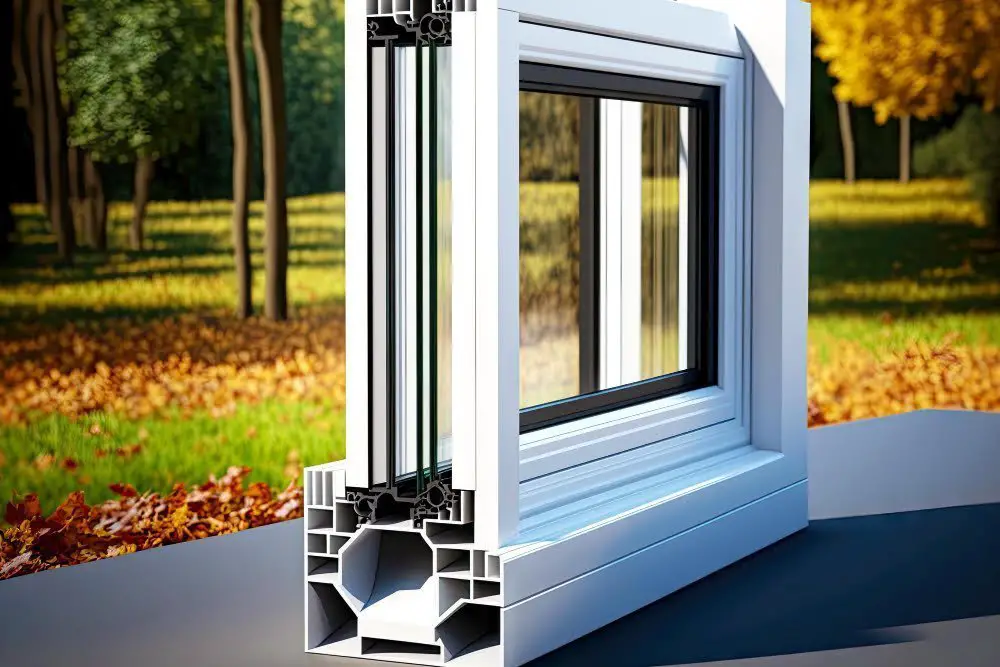
Understanding these terms can help you communicate more effectively with contractors and ensure that you get the results you want from your window project. Here are some common terms related to window jambs:
- Jamb depth: The distance between the interior surface of a jamb liner or frame and the exterior surface.
- Jamb extension: A piece added to a jamb to extend its width for proper fitting in an opening.
- Sill angle: The slope at which a sill is installed, typically 5 degrees or less for proper water drainage.
- Head expander: A strip placed above the top sash of double-hung windows that fills gaps between the sash and frame.
These are just a few examples of commonly used terminology when it comes to window jambs.
FAQ
Does a window need a jamb?
Yes, a window requires a jamb for structural support and to keep the window panes firmly in place inside the frame.
What is window jamb and casing?
Window jamb is a vertical piece installed on the door or window frame to hold everything together, while casing is a decorative element that covers the frame and provides a clean overall aesthetic.
What material is used for window jambs?
Window jambs are made of wood, particularly pine or poplar, due to its resistance to moisture as compared to MDF.
What is jamb vinyl window?
A jamb vinyl window is a window featuring PVC jamb extensions that provide an efficient and stress-free solution to finishing the space between the window and interior walls.
How do you properly measure a window jamb for replacement?
To properly measure a window jamb for replacement, measure the width, height, and depth of the existing window jamb, ensuring accuracy to guarantee a proper fit for the new window.
What is the role of a window jamb in overall window performance and insulation?
The role of a window jamb in overall window performance and insulation is to provide support for the window frame, ensuring proper alignment and sealing, resulting in enhanced energy efficiency and reduction of air leaks.
Are there any specific techniques for maintaining and repairing window jambs over time?
Maintaining and repairing window jambs over time can involve regular cleaning, inspecting for damages, and applying sealant or paint when necessary.
Recap
